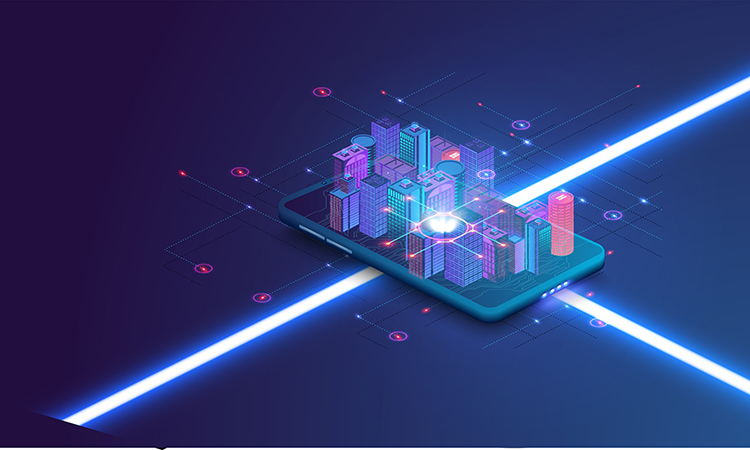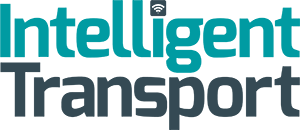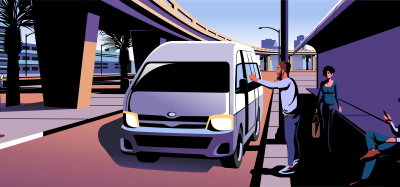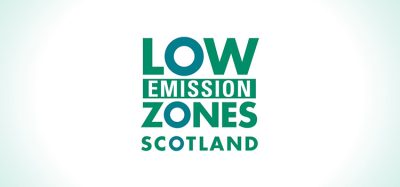What impact will IoT have on the transport industry?
- Like
- Digg
- Del
- Tumblr
- VKontakte
- Buffer
- Love This
- Odnoklassniki
- Meneame
- Blogger
- Amazon
- Yahoo Mail
- Gmail
- AOL
- Newsvine
- HackerNews
- Evernote
- MySpace
- Mail.ru
- Viadeo
- Line
- Comments
- Yummly
- SMS
- Viber
- Telegram
- Subscribe
- Skype
- Facebook Messenger
- Kakao
- LiveJournal
- Yammer
- Edgar
- Fintel
- Mix
- Instapaper
- Copy Link
Posted: 20 January 2021 | Eusebiu Catana | No comments yet
Eusebiu Catana, Senior Manager, Connectivity & Automation at ERTICO, explains how urban connectivity is transforming traditional services and infrastructure for a smarter tomorrow.


How is the Internet of Things (IoT) helping to make urban transport services and cities themselves better connected to one another?
After achieving a satisfactory performance on highways, IoT and autonomous driving systems have been focusing on more challenging scenarios related to urban environments. Urban driving adds much more complexity to IoT and automated vehicle solutions. In this an urban context, there are more things to be considered, such as traffic lights, roundabouts, crossroads, and sharing the road with vulnerable road users.
The integration of automated vehicles as IoT devices in future smart city platforms will be in a role as mobile sensors. This will provide valuable information to a city’s mobility management centre for traffic regulation, and will form a solid and valuable foundation for the management of hybrid traffic (automated/connected – non-automated/connected) in any future smart city. This solution could be replicated to other cities through new IoT solutions. Each mobility management centre from a given city could be connected to one or more similar mobility management centres in other cities.
The IoT data needs to be high quality with very high accuracy and integrity”
On the vehicle side, on-board and infrastructure systems, together with V2X warnings, mean the electronic horizon extension has been brought to a new dimension. With C-ITS communication, the range is limited to the traffic lights of approaching intersections. However, IoT solutions will provide the basis for enabling access to a wider volume of data (e.g. different traffic lights, routing, pedestrian, hazard warnings, priority to automated vehicles) in any smart city.
Related topics
5G & Transport Communications, Artificial Intelligence, Connected & Autonomous Vehicles, Infrastructure & Urban Planning, Intelligent Transport Systems (ITS), IoT (Internet of Things), Journey Planning, Multimodality, On-Demand Transport, Transport Governance & Policy
Related modes
Autonomous vehicles
Related organisations
ERTICO, European Union (EU)








